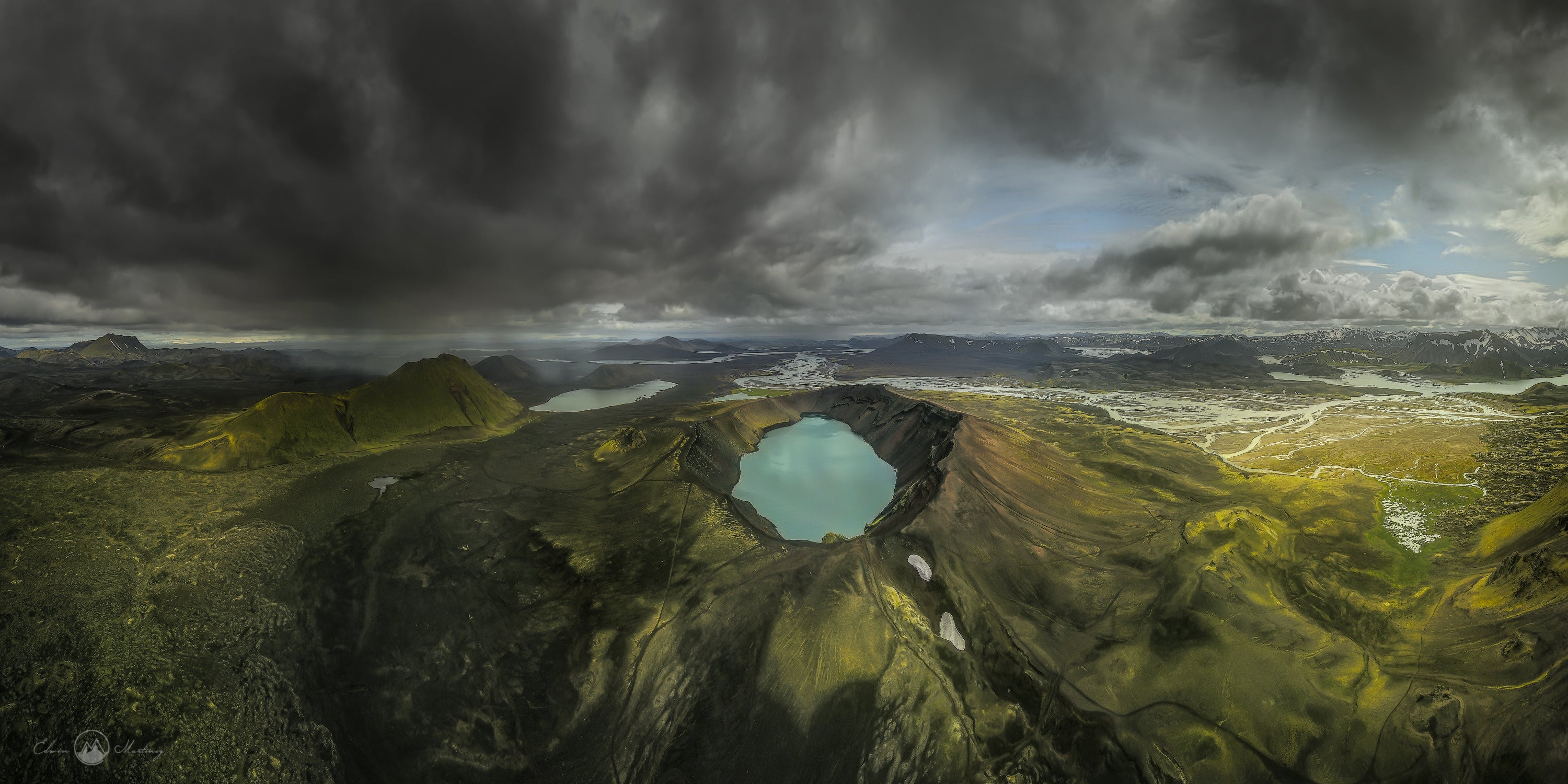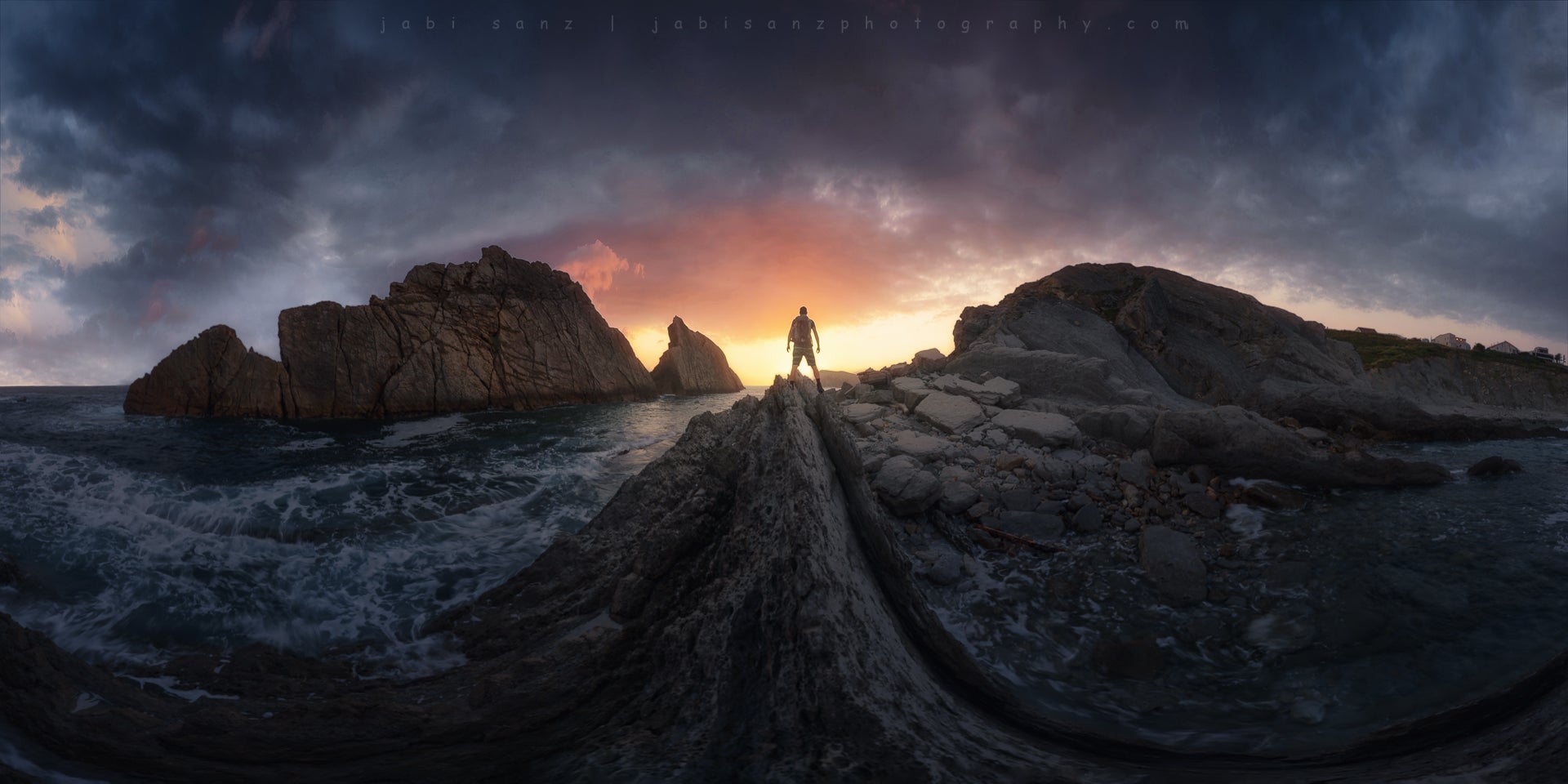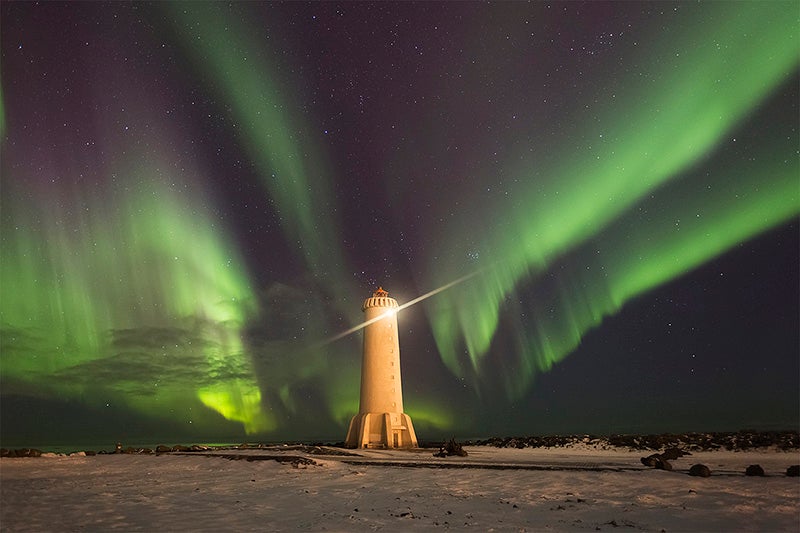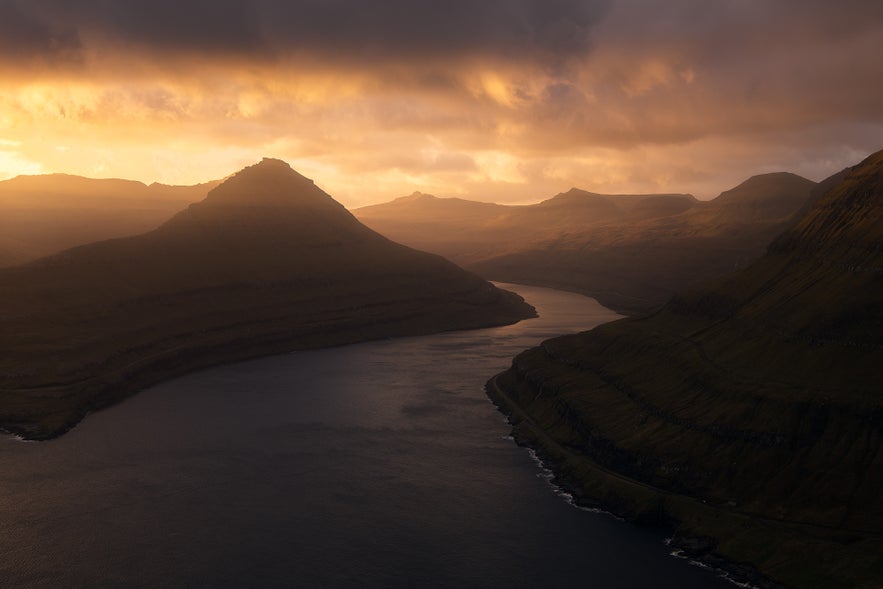
One of the most beautiful things about landscape photography is that it can change the way that you experience the world. For Christian Hoiberg, it has given him the ability to spend more time in nature and to connect with others from all walks of life.
This accomplished photographer, educator and writer enjoys sharing his visual journey and is dedicated to teaching others his craft. This month, we sat down with Christian to talk about his fascination with the Arctic, inspiration and the intricacies of being a professional landscape photographer.
- Check out these Norway Photo Tours and Workshops
- See this Ultimate Photography Guide to the Lofoten Islands of Norway
- Discover these 8 Tips to Improve Your Landscape Photographs
Hello Christian! Thank you for participating in this interview with Iceland Photo Tours today. Tell us a bit about who you are and what you do.
Hello! I’m a landscape photographer from Norway. I spend most of the year guiding photography tours in places such as Lofoten, Faroe Islands, Greenland and other cold places. I also run a website called CaptureLandscapes where I help photographers of all levels to develop the skills needed to improve their landscape photography.
I’ve been working full-time with photography for the past two years and it’s safe to say it has changed my life in every way. It’s a lot of work but I couldn’t imagine anything else.
If your work wasn’t based so much in the Arctic, is there another city or country that you would certainly be in?
I’m a big fan of traveling and I love exploring new regions, both to photograph and learn more about their culture.
If I’d have to be one specific place I would most likely go back to Northern Spain, where I’ve previously lived for roughly one year. This is an incredible place with great culture, great people, good food and endless photographic opportunities. It’s still relatively unexplored by other photographers so I enjoy being able to shoot its amazing landscapes completely alone.
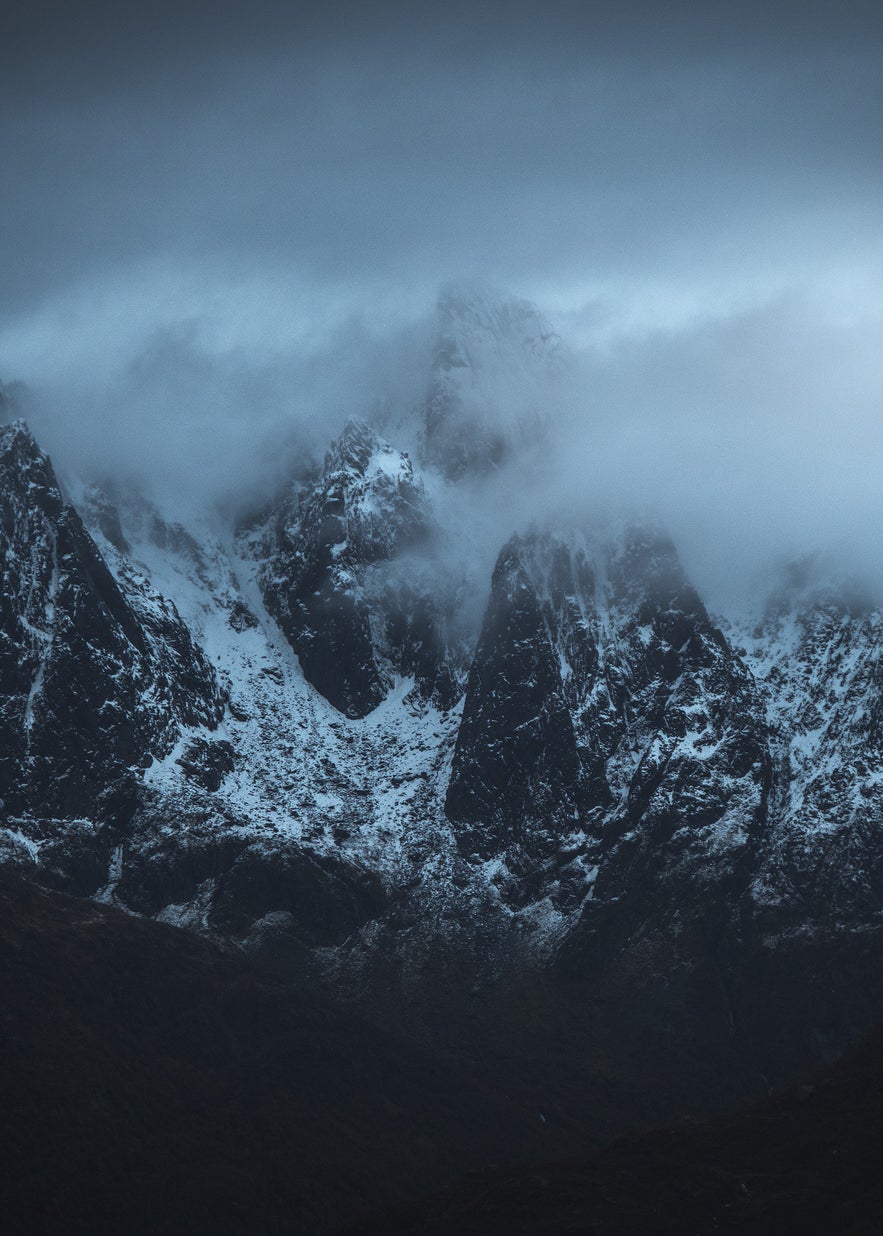 Christian is a big fan of exploring. Photo by: 'Christian Hoiberg'.
Christian is a big fan of exploring. Photo by: 'Christian Hoiberg'.
There is a strong relationship between Norway and photography, dating back to when Hans Thøger Winther bought his first camera in 1839. How did you develop your own interest in photography?
My interest in photography blossomed 12 years ago when I purchased my first DSLR using a gift card I’d received after doing some odd jobs for a local electronic shop. I had always enjoyed stealing my mother’s point-and-shoot camera and figured that it would be better to have one myself.
Buying the camera was also the perfect excuse to spend more time outside again. As a kid, I spent most of my time in the woods around our house but as a teenager I took it for granted and would rather spend time inside.
With the camera in my backpack, I started exploring more of the local areas and started enjoying hiking in all types of weather. In the beginning, I would ‘snap’ pictures of whatever I came across but gradually, as my interest peaked, I realised how important it was to learn how to properly use the camera.
Then I started investing more and more time in studying the fundamentals of photography, composition and anything else I thought relevant. There weren’t many online resources at the time so I scrambled together bits and pieces from various sources and then focused on the best way to learn: trial and error.
 Christian is a self-taught photographer. Photo by: 'Christian Hoiberg'.
Christian is a self-taught photographer. Photo by: 'Christian Hoiberg'.
Do you have any formal training in photography?
No. I’ve learned everything I know today by reading books, eBooks, articles, talking with other photographers and spending as much time as possible in the field.
With so many genres to choose from, how did you first make the foray into landscape photography? Can you tell us more about your connection with the Arctic in particular, and nature itself?
I don’t think I ever considered anything else than landscape or nature photography. Photography has always been a way for me to spend more time outside and actually slow down and appreciate the beauty that surrounds us. When I started landscape photography, I began viewing the world in a whole new way and I realised how easy it is to take nature for granted.
The more time I spent outdoors with a camera, the more connected I felt with nature and the more I missed it when I wasn’t outside. Even if I didn’t come back home with one single image, I was happy to have just spent the time outdoors.
The Arctic has been a fascination of mine for the last few years and is a place that holds a big part in my heart. I’m fascinated not only by the beautiful mountains and sceneries you find there but also other factors such as how quickly the weather changes. It’s also an amazing experience to be in places such as Greenland when you feel just how remote you actually are.
In terms of photography, the Arctic holds endless opportunities. It’s rarely the most comfortable place to photograph (temperatures can be freezing cold, wind can make it hard to stand straight and the rain plus darkness can make you crazy) but I find it to be incredibly rewarding.
It’s nice to be able to go outside wearing shorts and sunglasses and take a nice image but I find it more rewarding when you have to face the elements and actually feel it on your body. For me, it’s the images that come from those moments that I feel the most connected to and it’s those images I feel conveys the story I want to tell.
- See also: 12 Day Greenland Photo Expedition
How important do you think post-processing is in landscape photography today?
That’s a more tricky question than you might think. If you want to create flashy images that do well on mainstream social media, post-processing is absolutely essential. If you want to create art that conveys what you feel (regardless of what others see), it might not be important at all.
Personally, I use post-processing to better show what I experienced when photographing a scene. Sometimes, that involves working on contrast and colour balance while other times, it involves more tedious and time-consuming corrections.
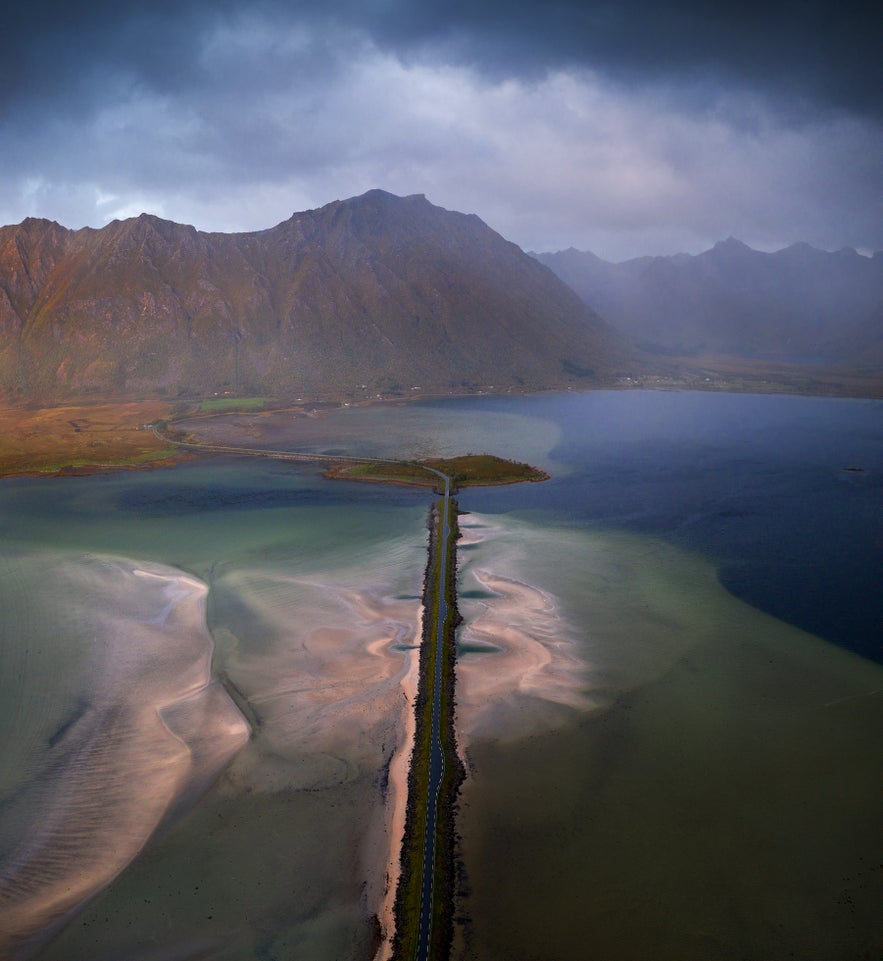 Christian uses post processing techniques to better demonstrate his experience of a scene. Photo by: 'Christian Hoiberg'.
Christian uses post processing techniques to better demonstrate his experience of a scene. Photo by: 'Christian Hoiberg'.
What are your thoughts on photographing lesser-known and unique locations, versus chasing the “trophy shots” made popular by others?
When I’m viewing images captured by other photographers, I’m mostly drawn towards images that are unique and from places I haven’t seen before. ‘Trophy shot’ locations are obviously popular for a reason and there’s no lack of beautiful images from those places but they don’t inspire me. They might be beautiful but there’s rarely something new and exciting with them.
Images of ‘no-name’ landscapes are more fascinating in my opinion. Perhaps it’s because the photographer has put in the effort to find a new place, or perhaps it’s because we don’t have any expectations or images to compare with.
Has your work made it difficult to separate the moments that you photograph from their physical locations? For example, are you able to visit a place and not think about shooting?
Photography will always be number two for me. Yes, I love photographing beautiful sceneries and I will normally have my camera nearby, but it’s more important to take a moment and enjoy the surroundings.
With my photography I’d like to convey what I felt visiting a place, and that can only be done if I’ve taken the time to soak in the surroundings.
I try to visit new places open minded and without any expectations of capturing a breathtaking image. Sure, there can be some pressure involved, especially when it involves expensive travels or physical effort, but I try to set that aside.
You spend a lot of time out of the year guiding photography workshops and tours. How do you handle your workflow while you’re away? Do you set aside some time to go through your photos or to do any post-processing?
That’s a good question. I might not be the most efficient when it comes to post-processing: my workflow is relatively slow. I typically don’t process a lot on my trips as I prefer to do it back home with my monitor and drawing pad.
That being said, the last few months I’ve started to work on some images while we have some downtime on the tours too. I’ll typically flag these images in Lightroom and take a second look at them when I get back home.
 Christian does most of his processing once he gets home. Photo by: 'Christian Hoiberg'.
Christian does most of his processing once he gets home. Photo by: 'Christian Hoiberg'.
What motivates you to continue taking pictures? Are there any economical, political, intellectual or emotional factors that influence your motivation?
Working with photography gives me a type of freedom I wouldn’t be able to have otherwise. Yes, half the year is ‘locked’ with guiding workshops and there’s no doubt that I work longer hours now than I ever would with a regular 9-5 job, but I’m able to structure my year relatively freely and I’m able to pursue my passions.
It’s this freedom and the luxury of spending time outdoors that motivates me to continue. I notice a big difference in my mental health when I’m not able to be outside in nature.
Is there something that you always ask yourself or think about just before you push the shutter button?
Sushi. I always think about sushi… or tacos.
I always look at the composition and look for leading lines or other compositional elements that help emphasize the main subject but it’s something that just rolls in the back of my mind. When you do photography for a long time, the questions you should ask yourself becomes second nature and a habit.
What is your life philosophy?
My life philosophy can be summarised by two quotes: ‘Don’t worry, be happy’ and ‘Treat others like you want others to treat you’.
Describe the impact that photography has had on your life. How has this affected the way in which you’ve gone about realising your goals?
Photography has been life-changing for me. When I first picked up a camera I had no idea just how important it would become later on in my life. I can’t imagine anything else. It’s hard work but I’m getting closer to my goals every day.
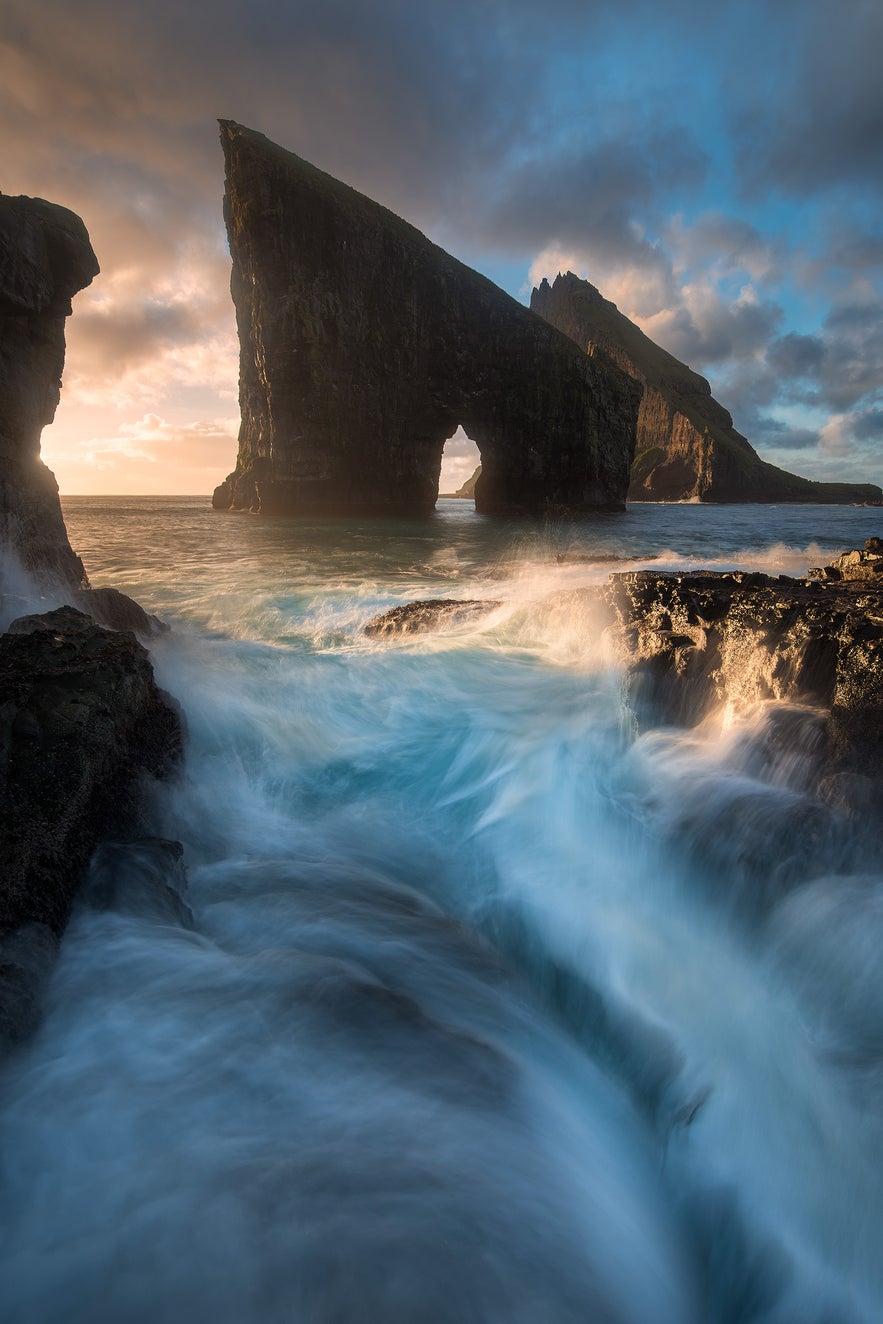 Photography has been life-changing for Christian. Photo by: 'Christian Hoiberg'.
Photography has been life-changing for Christian. Photo by: 'Christian Hoiberg'.
How do you manage to juggle time between photography, work and home life? What keeps you grounded?
This is probably one of my biggest struggles at the moment. I’ve been moving around a lot the last few years and it’s difficult to start building a home life when I’m gone as much as I am. Luckily, my girlfriend is patient and supports me with my photography and makes me appreciate being home more and more.
Last of all, what do you think is the biggest misconception that people have about you and why?
Good question… Probably that I as a photographer can travel and photograph as much as I want. The truth is that besides the tours, most of my work involves a computer and desk. There are many tasks that need to be done (processing, emails, articles, writing ebooks, marketing etc.) and I certainly don’t have the economy to travel as much as I want.
I guess that many people imagine that being a full-time photographer means that you’re only taking images. But there’s so much more to it.
For more information on Christian Hoiberg's work, you can visit his website or find him on Facebook and Instagram.
Learn to photograph around the world, just like Christian! Check out our range of international photo tours and photography workshops.


